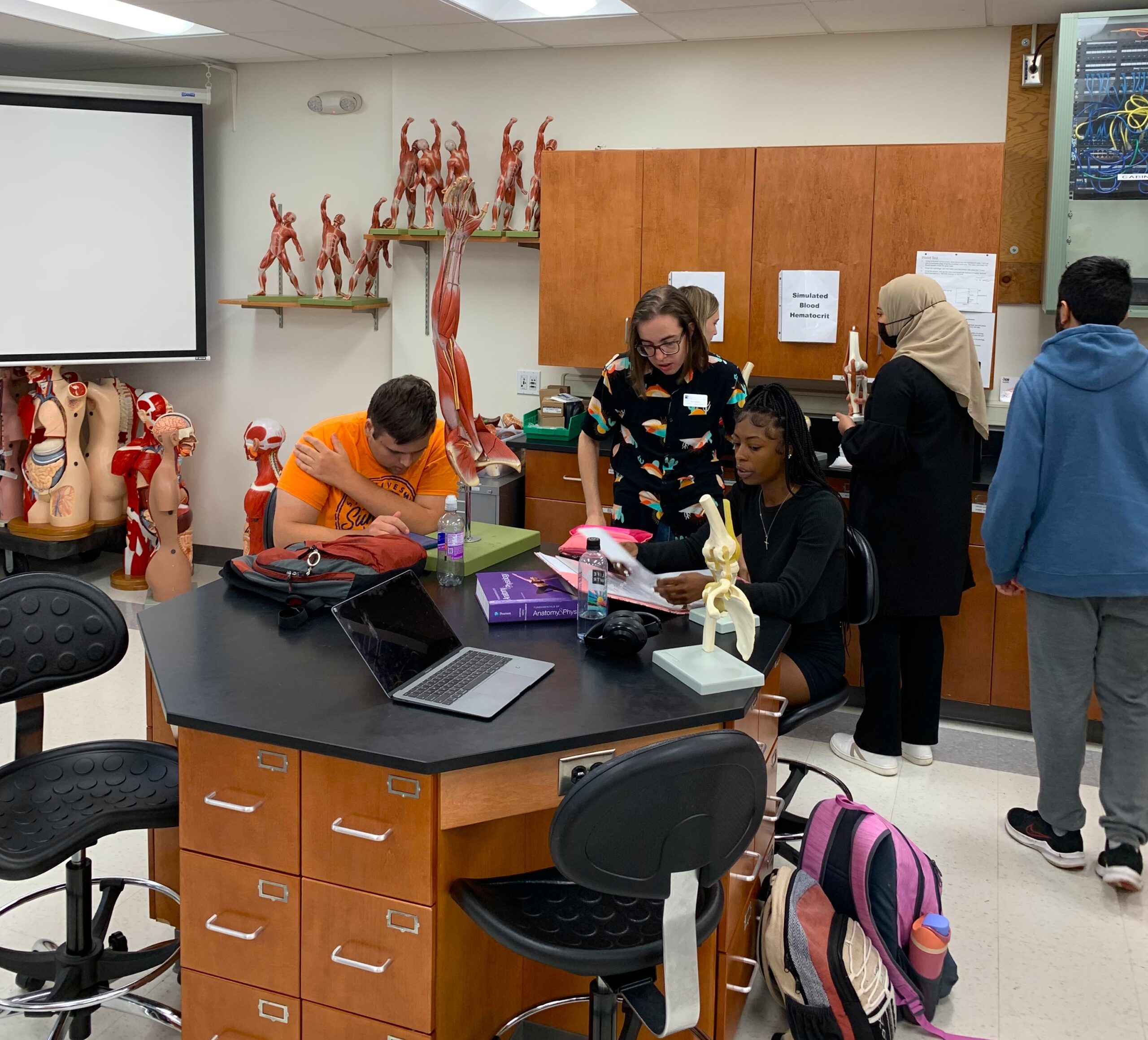Campus civic engagement still lively in spite of budget cuts
By: Eve Cohen, Staff Writer

Approximately 46 campus clubs and organizations are currently active on the Meramec campus. They serve an important role in student success and achievement. According to Carolyn O’Laughlin, Manager of Campus Life in Student Affairs at Meramec, academic clubs and organizations are “Impactful, [allowing] students to make social connections with one another; often among students who may have only met briefly in class.” Most importantly, these connections usher “Informal conversations, guiding students to [other] resources.” Nonetheless, clubs and organizations may have observed a decrease in funding for events and activities this academic year. There are several factors that account for this.
First of all, the student activities budget is directly linked to student enrollment. The current total student population of STLCC reflects a steady decline in enrollment over the course of the last decade. Overall, student enrollment recently gathered during census week for this year reflects an estimated 25 percent decrease in student enrolment from the student population count in 2013. Phillip Campbell, Manager of Admissions and Enrollment Services at Meramec attributes the decline in part to the economy. “The economy is up [more people are] taking jobs,” he said. Consequently, the wane in enrolment is no phenomena exclusive to the region. The U.S. Census Bureau data coincides with STLCC student numbers, revealing the impact of the recession on campuses nationwide.
Proportionally, according to STLCC board policy, the student activities budget is derived from enrollment numbers. When students register for classes, $6.50 per credit hour is designated for what is called “College activity fees.” Of that $6.50 fee, $3.00 is designated the activities budget, (the first $200,000 is earmarked for student athletics.) Subsequently, $3.00 of that $6.50 is divided up evenly into two funds. One for campus activities and the other for student clubs and organizations.
The second major aspect of the change in the student activities budget funding is a recent restructuring of how funds are handled.
“In the past, the committee gave clubs and organizations sums to use all year. [However], clubs weren’t always active. Now funds are [distributed] event by event. It’s harder work but it provides a better experience, accountability and transparency,” said O’Laughlin. “Online courses are changing the funding dynamic [as STLCC strives to resolve] with how to serve online students with clubs.”
When submitting a request for funding, clubs and organizations should be mindful of strategic initiatives in relation to outcomes, which are given priority, O’Laughlin said. They include the degree to which the activity fosters student success, strengthens community ties or awareness, or even whether it aligns with workforce needs. Another important quality is the extent to which the activity promotes accountability and continuous improvement.
O’Laughlin said additional consideration is given based on how many people on campus are impacted by the activity, the club or organization and the goal and depth of its benefit to campus students.
Moreover, O’Laughlin reinforced the importance of student clubs and organizations. She said clubs and organizations allow students to put “Classroom skills in action…activities [such as] attending meetings, creating a budget, coordinating with an advisor. Professional development skills can come from student organizations where students develop an idea, apply for funding, and then see that idea going forward. [They will] articulate those skills later.”











